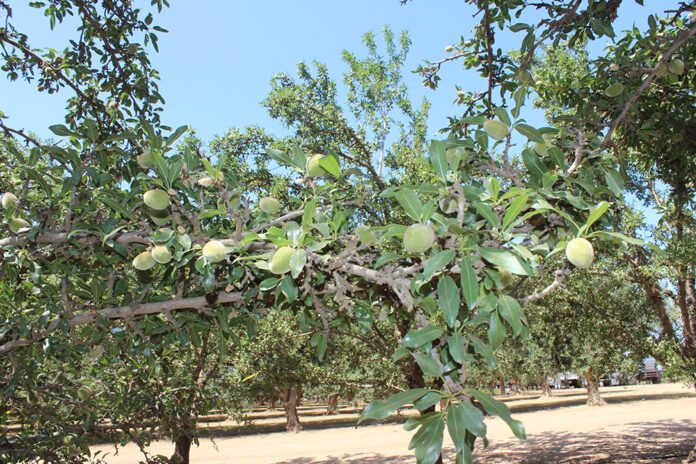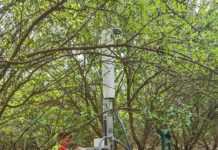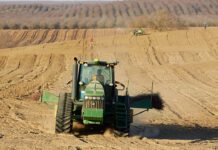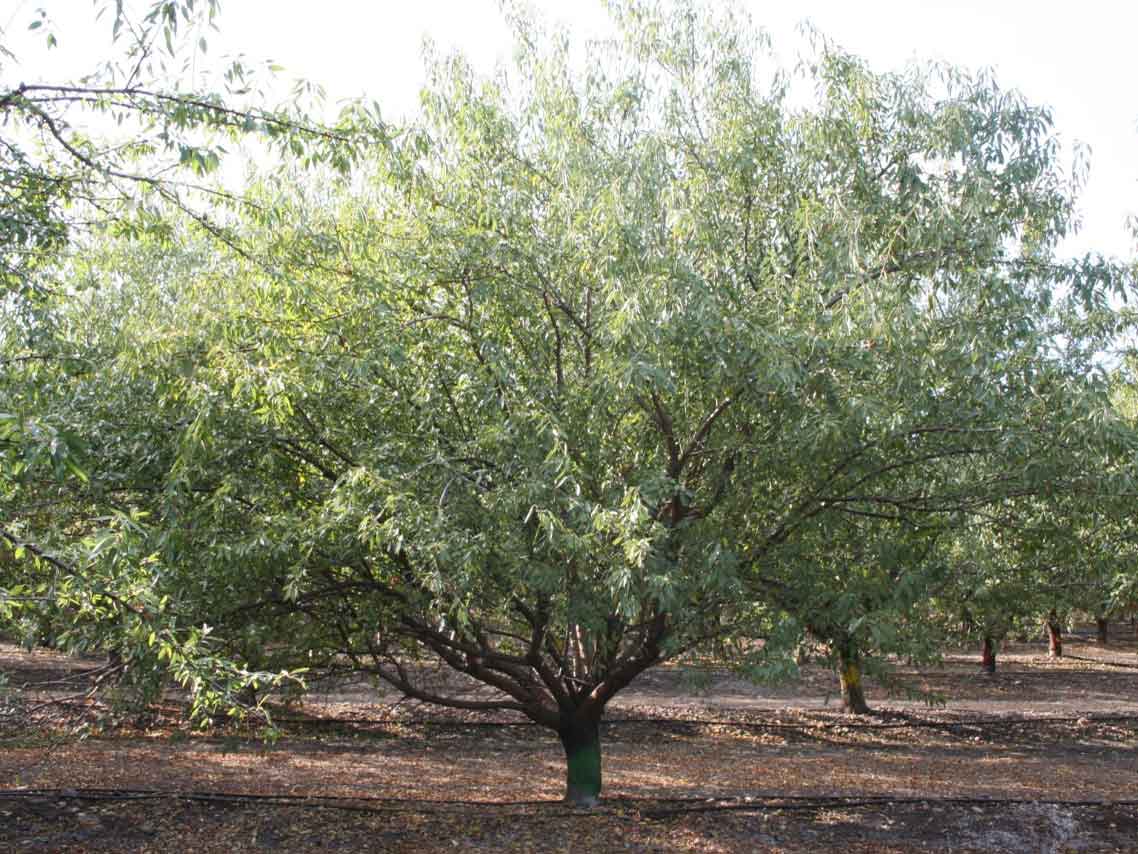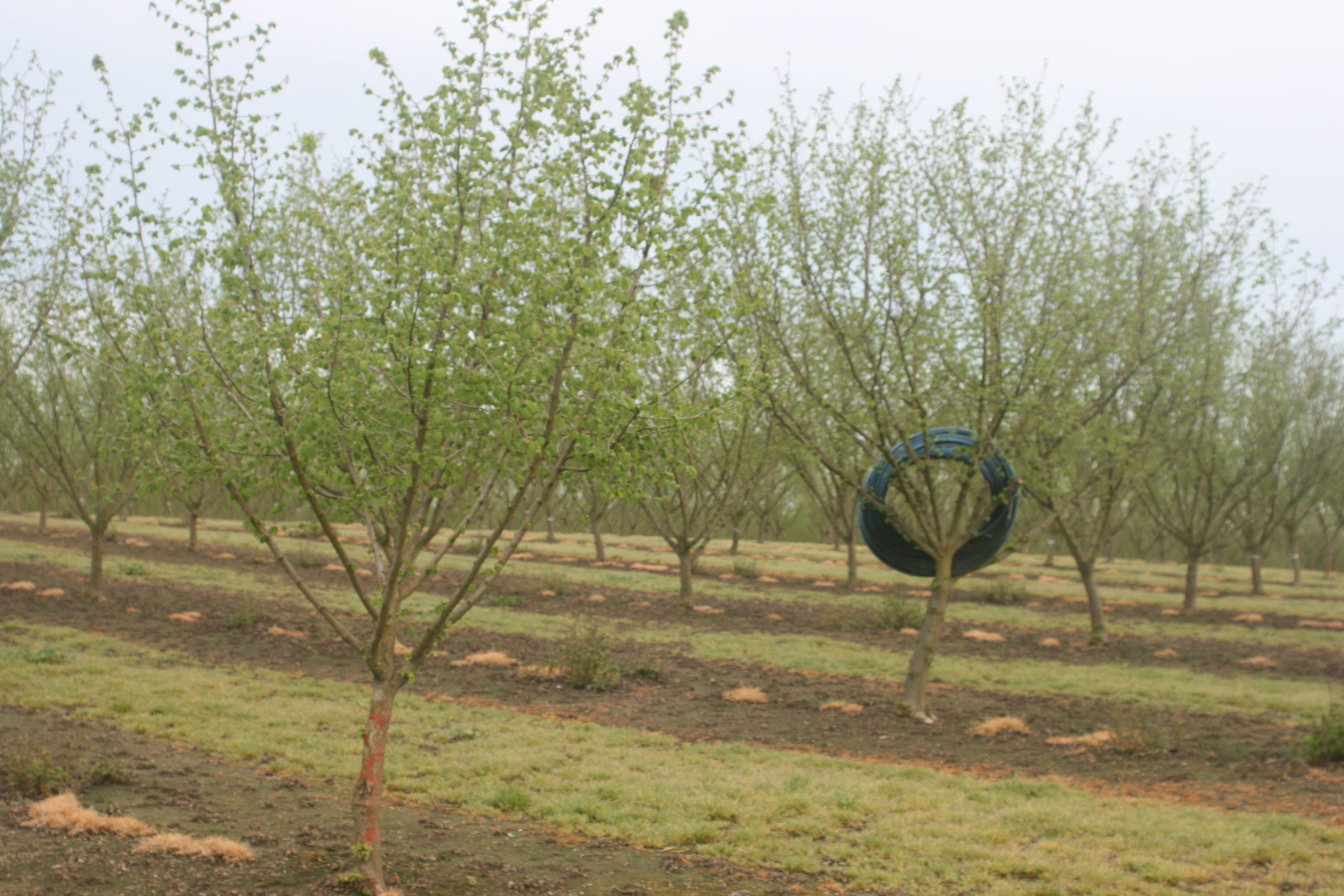Welcome to 2025 and another year of farming experience. A farming buddy of mine, Tim Larson, said he didn’t have 35 years of farming experience; he had 35 farming experiences. No truer words were ever spoken. Every year is different, and every season throws changes at us at different times than the previous years. 2025 is shaping up to be no different. Let’s highlight a glaring difference I see in the immediate future.
Think About (the Other Three) Macronutrients
We seem to talk casually about nitrogen, phosphorus and potassium like it’s the holy trinity in farming. The other three macronutrients get short shrift and can quickly cause yield deficiencies when we fail to realize we underapplied. In many crops, calcium is needed in as much abundance as N or even more. It weighs three times that of N, and we can end a season with a tissue number in the 5% range. N can be considered high in years where we start the season in the 4% range. Yet all too often, we apply soil amendments in the fall, and half of the N requirement is N in a CAN-17 or CN-9 application. It’s not enough for what is needed throughout the season. And calcium is immobile in the plant. Apical growing tips need a constant supply.
Sulfur is critical in the production of cysteine and methionine, which are essential proteins. Typically, we have enough sulfate in our soils from years of gypsum, SOP, sulfuric acid treatment, zinc sulfate, iron sulfate and other applications. In the plant, S can oxidize back into its stable form, sulfate. Yet S is rarely mentioned as a nutrient to manage.
However, in my mind, the most critically ignored and mismanaged macronutrient we see deficiencies in is magnesium. Mg is the central element in chlorophyll. That is a ‘god’ particle for me because it is almost identical to hemoglobin, the compound in our bodies that makes blood red and carries oxygen. Mg in chlorophyll makes plants green and carries P to mitochondria to make energy through the synthesis of ATP.
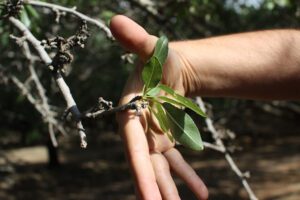
Addressing Magnesium Deficiencies for Optimal Yields
The last two years, winter 2022 and 2023, we had a lot of moisture delivered to our valley floor as well as the snowpack. Many of those storms came with significant atmospheric mixing, thunder and lightning. That brings N down in a changed form from the 78% stable form of N as N2 in the air we breathe. That early N flux increases our Mg availability pre-season, and we see higher Mg numbers to start a year. Mg and N have a symbiotic relationship. With this La Niña pattern, we aren’t seeing this as of the time I write this article. We may need to address Mg early in the season to keep this critical element optimal for higher yields.
We have options. Dolomitic lime has a higher Mg concentration than lime or gypsum. Spring applications can help if our pH isn’t too high already. Epsom salts are magnesium sulfate and can make a difference in irrigation if our sulfates aren’t through the roof and we can afford it. Sul-po-mag is another salt mix that can help adjust your soil. There are many seaweed products and manures that are high in Mg and can make a difference to the Mg that is tied up in soil and not available early in the season. We make a yeast-fermented acid that we use both in the soil and as a foliar to make those adjustments. Don’t overlook Mg early in the season, about halfway through leaf expansion, to keep that level high.
Carbohydrate storage is critical to feed our plants, grow the structure and fill our crops. Being the key to optimal chlorophyll levels, Mg needs to be addressed. Bringing in the protein as the nuts fill, jellies hit milking stages and walnuts develop, all six macronutrients need to be sufficient. Just focusing on N, P and K and/or overapplying just N can cause issues. Get an early tissue sample and compare it to your July numbers. What were you potentially short of? Fix it. It won’t necessarily take much, and foliars can make quick changes early in the season when leaves are expanding rapidly.
In this latest iteration of the farming experience, we must be more diligent to optimize yields. The last couple winters were better to us than this one is shaping out to be, so we have to make a few tweaks. Stay on top of it. Almond and walnut prices are coming up. We hope pistachio prices stay healthy even with a potential big crop coming. As early season fungicides and insecticides go out, hedge your bet with any macro or micronutrients you ended up short on last season. That extra $20 to $30 could prevent a 10% or more reduction in yield. A 10% reduction on a 2,000-pound almond crop at $2.50 per pound sounds like $500 per acre to me. I’ll take that precaution to make my experience a whole lot better come harvest.







